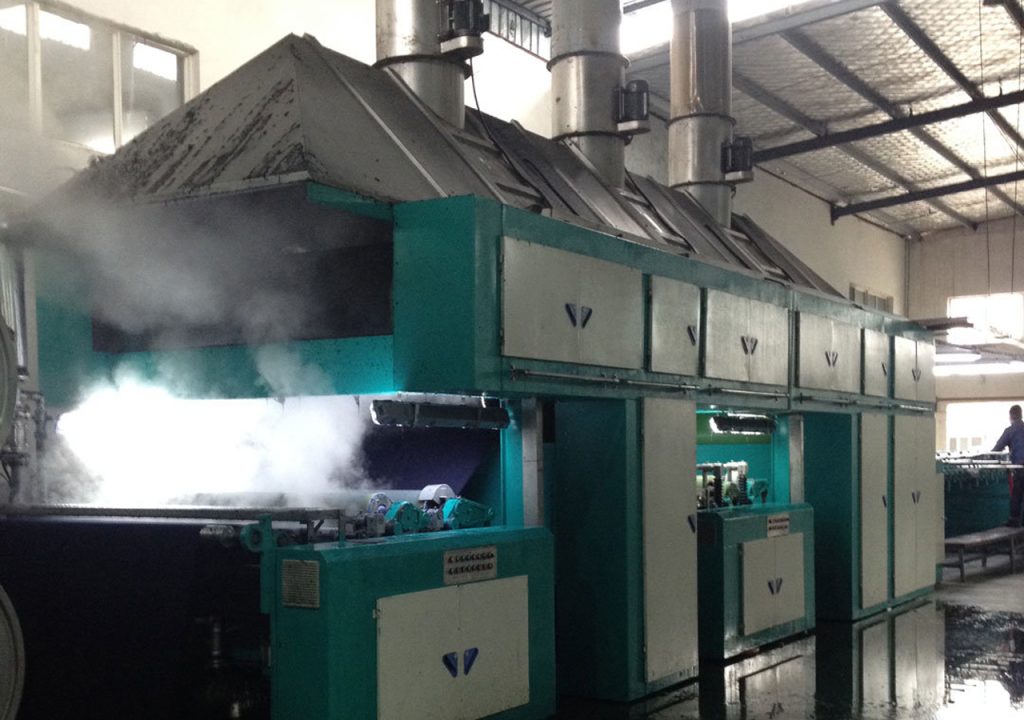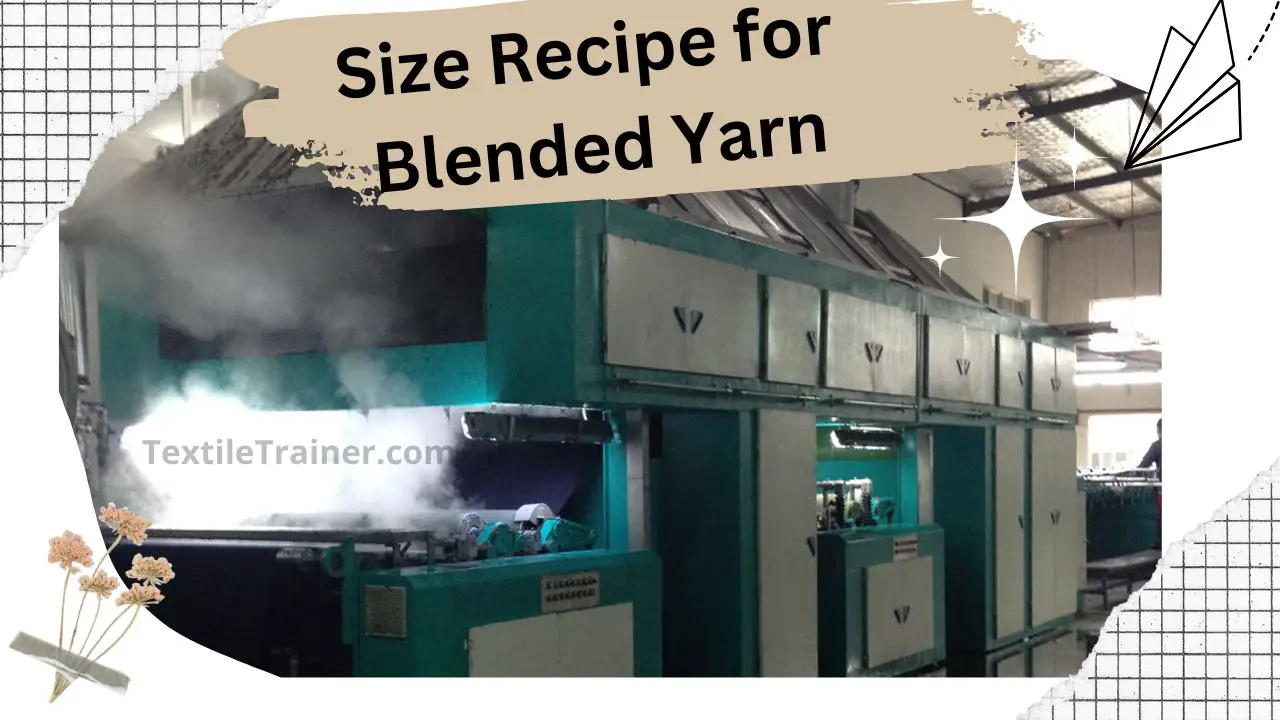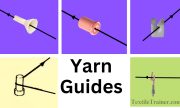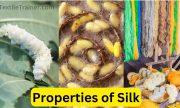In this article, I will present size recipe for blended yarn. Today, blended yarns receive more attention due to the fact that most synthetic fibers are blended with other fibers to make up the fabric. There are several types of blends used today. The most important ones are polyester-cotton, polyester-viscose, and polyester-wool. Furthermore, other blends like polyester-silk, acrylic-wool, nylon-viscose, etc. are also used, but to a lesser extent. Today, polyester remains the most important component in most blends. In a blend consisting of synthetic and natural fibers, the synthetic component contributes more towards strength, and elongation at break. However, synthetic fibers have drawbacks such as hydrophobicity, static formation, and elasticity. Due to their hydrophobic nature and tendency to static, special synthetic adhesives are needed. The static tendency and elasticity of synthetic components in blends contribute more to yarns with hairiness.

Size Recipe for Blended Yarn:
Here is a typical recipe for a polyester cotton blend, which can be found in table below.
Size Recipe for Polyester-Cotton Blends
| Types of ingredient | Blend Proportion | |||
| 80:20 | 67:33 | 50:50 | 25:75 | |
| Thin boiling starch | 120 | 110 | 110 | 100 |
| CMC | 20 | 20 | 15 | 10 |
| PVA | 30 | 25 | 15 | – |
| Gum Arabic | – | – | 2 | 5 |
| Mutton tallow | 10 | 8 | 8 | 8 |
| Antistatic | 1 | 1 | 1 | – |
| Antiseptic | 1-2 | 1-2 | 1-2 | 1-2 |
| Add on % | 18-20 | 16-18 | 14-16 | 12-14 |
The sizing considerations of these blends are basically the same as those of spun polyester yarns. The only difference is that the cellulosic component has to be handled differently. The purpose of sizing is to lay the protruding fibers on the surface of the yarn. Blend yarns consisting of higher proportions (>50%) normally do not need to be sized, but for their hairiness. It is important to consider the viscosity of the size paste in this case. There is usually a combination of PVA and maize starch or thin boiling starch. Additionally, CMC can be added to the blend. A starch component adheres preferentially to the cellulosic component of the blend. Two other components, namely, PVA and CMC, adhere to polyester. As these components have some affinity for cellulose, starch adheres better. Acrylic ester copolymers are considered even better than PVA, but are more expensive.
Apart from adhesives, lubricants and antistatic agents are also important ingredients. In addition to PVA, thin boiling starch is another adhesive required, since cotton is an important component of the blend. Mutton tallow would be an ideal lubricant. As opposed to other adhesives, thin boiling starch has the advantage of gelatinizing very easily, giving a smoother paste and a uniform film when used as an adhesive. CMC adheres to polyester and cotton, and can be used partially with PVA with the advantage of economy.
Size add-ons depend on the proportion of the constituent fibers in the blend. A higher proportion of polyester fibers in the blend would require more add-on. Some typical examples are shown below:
- 80:20 Polyester-cotton blend require add on on of 18-20%.
- 67:33 Polyester-cotton blend require add on on of 16-18%.
- 50:50 Polyester-cotton blend require add on on of 14-16%.
- 25:75 Polyester-cotton blend require add on on of 12-14%
The presence of starch or thin boiling starch in mutton tallow makes it an excellent softener-lubricant, although it should be used in minimum quantities otherwise the strength of the size film will be reduced and the warp breakage rate will increase.
You May Read:
- Definitions of sizing, objectives and impact on warp yarn.
- Why sizing is called heart of weaving.
- Primary and Secondary Size Ingredients.
- Characteristics of Good Size Ingredients.
- Types and Techniques of sizing.
- Working Principle of Slasher Sizing Machine.
- Size Cooking Equipment.
- Drying Methods in Sizing Process.
- Modern Control System of Sizing Machine.
- Size Recipe for Synthetic Yarn
Reference:
- Adanur, S. (2001). Handbook of weaving. Boca Raton: CRC press.
- Gandhi, K. (2012). Woven Textiles. New Delhi: Wood Publication Limited.
- Gokarneshan, D. N. (2009). Weaving Preparation Technology. Delhi: Abhishek Publicaions.
- V. Gordeev, P. V. (1982). Cotton Weaving. Russia: Mir Publishers Moscow.






